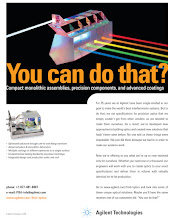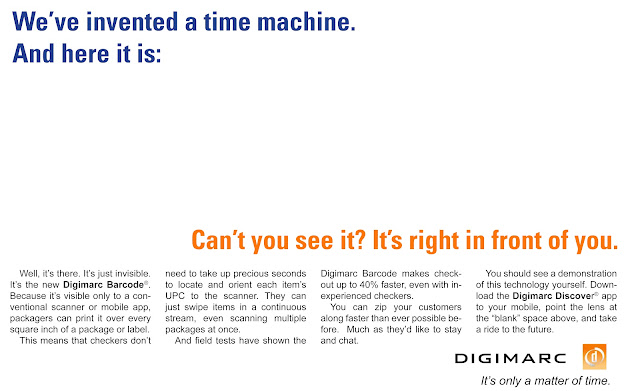SSI was another one of my satisfying clients. I love finding creative, entertaining, and, above all, persuasive solutions to what others might consider boring B2B accounts.
SSI makes shredders. Not wussy little paper shredders, huge machines that tear up entire cars, torpedoes, concrete blocks, refrigerators, truck tires, even office paper shredders. In fact, the company takes it as a creative challenge themselves to devise specific machines that can shred anything. This is how I came up with their brand message. While I was spending time at their corporate offices doing my research on them and their industry, I kept over-hearing sales reps in neighboring cubicles on their phones ask the same question of their prospective customers, "What needs shredding?"
So this was what I came up with as their natural tagline.

While I worked for them, SSI's marketing director,
Cathey Armillas,
and I developed an endless campaign of ads to demonstrate that
virtually nothing was beyond the teeth of their monster machines.
Over
the course of just a few years, SSI went from being this small, obscure
Oregon-based company to the largest industrial shredding manufacturer
in the world.
I'm not saying that the advertising had anything to do with it...noooo, of course not.
But wait! There's more! Cathey pointed out that they whenever the company would build a custom shredder for a client, they'd always make a proof-of-performance video. She had hundreds of these on file. So together we also came up with the idea to start posting them as a regular feature on the company website, just for entertainment value. We titled it
"Watch it Shred". One of the first videos on the site was the shredding of a vintage VW Beetle. And each print ad would be linked to the latest video.
SSI was very quickly getting over a million views per month of
Watch it Shred and had to up their server capacity considerably to handle the traffic.At first the CEO was resistant to this because 99.99% of the views were just for entertainment of non-customers ("you know, for kids!"), which he didn't want to pay for. But the upshot was that this massive audience pulled with it a significant number of new business prospects, pushing SSI's Page Rank for the search term "shredding" to first place. Such is the power of entertainment in advertising. This
Watch it Shred feature, I'm happy to say, is still up and running running. It's hypnotic to watch things shred in these machines.
Just a few of the trade ads...
And on and on...




























































